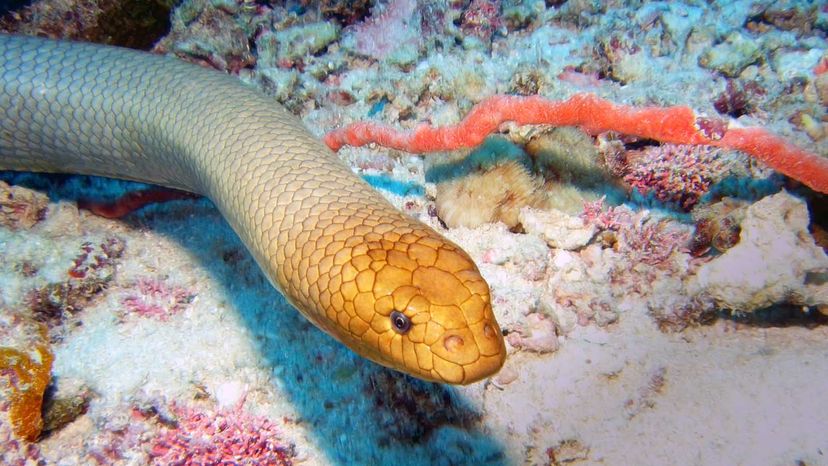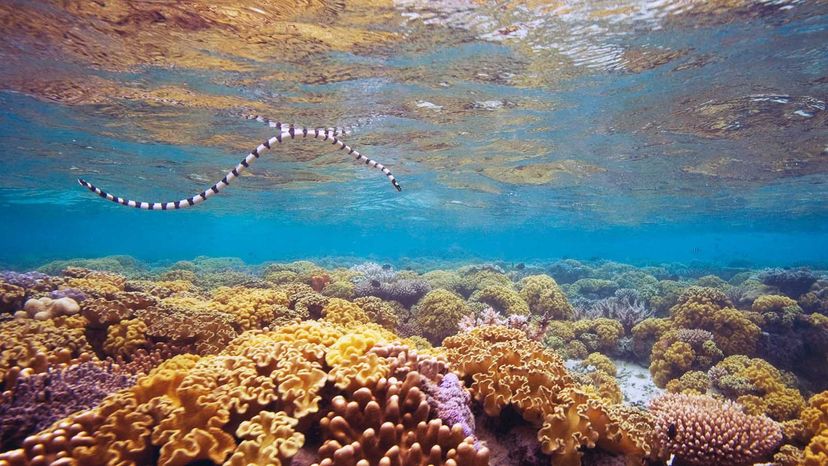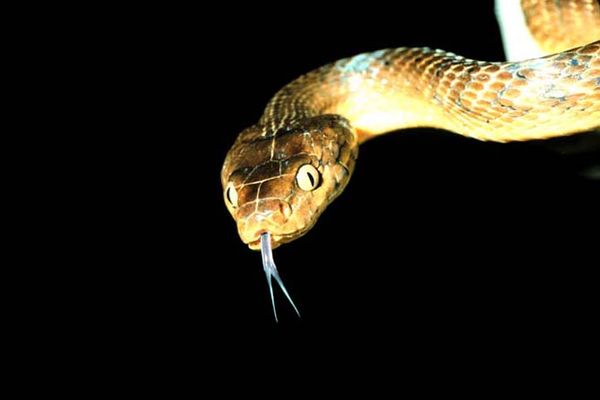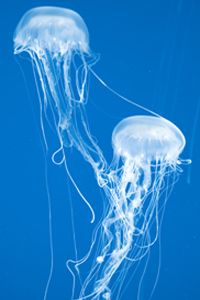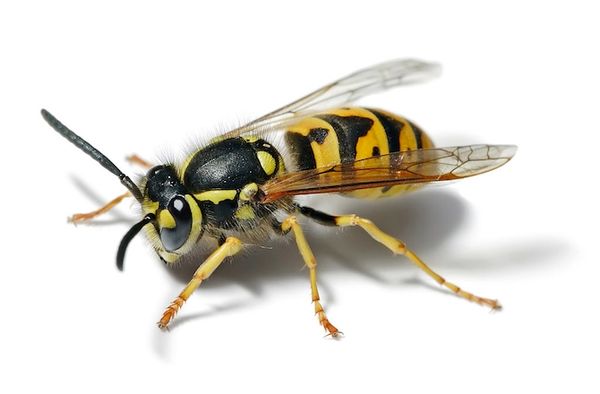Now the similarities between these groups far outweigh their differences. All sea kraits and true sea snakes have paddle-shaped tails that help them zip through the water.
They're also venomous, but seldom kill human beings. In fact, the animals tend to be docile around people. Bites usually happen when a snake feels trapped and stressed out; one banded sea krait fatally bit a man in 2018 after a fishing net ensnared it.
Most sea snakes inject their venom through hollow fangs at the front of the mouth. Rather than waste its ammo, a frightened sea snake will often administer "dry bites" — striking its foe without releasing precious venom.
Give them a wide berth anyway. Neurotoxins in sea snake venoms attack the victim's nervous system. Paralysis, spasms and respiratory problems may occur as the chemicals do their work.
Fish are the main food source for the vast majority of species. Sometimes, it pays to let dinner come to you: The yellow-bellied sea snake lies motionless at the ocean's surface, waiting for careless fish to take refuge under its coils before grabbing them.
Other snakes drag fish out of the cracks and crevices in coral reefs. Such hiding places are frequented by eels, the banded sea krait's favorite prey. While morays can be dangerous game, kraits immobilize them with venom and then swallow the creatures whole.
A few species — like the spine-tailed sea snake — eat only fish eggs. These specialists have tiny fangs and (at least) one of them carries exceptionally weak venom. Caviar can't swim away, so there's no need to give it paralysis.


